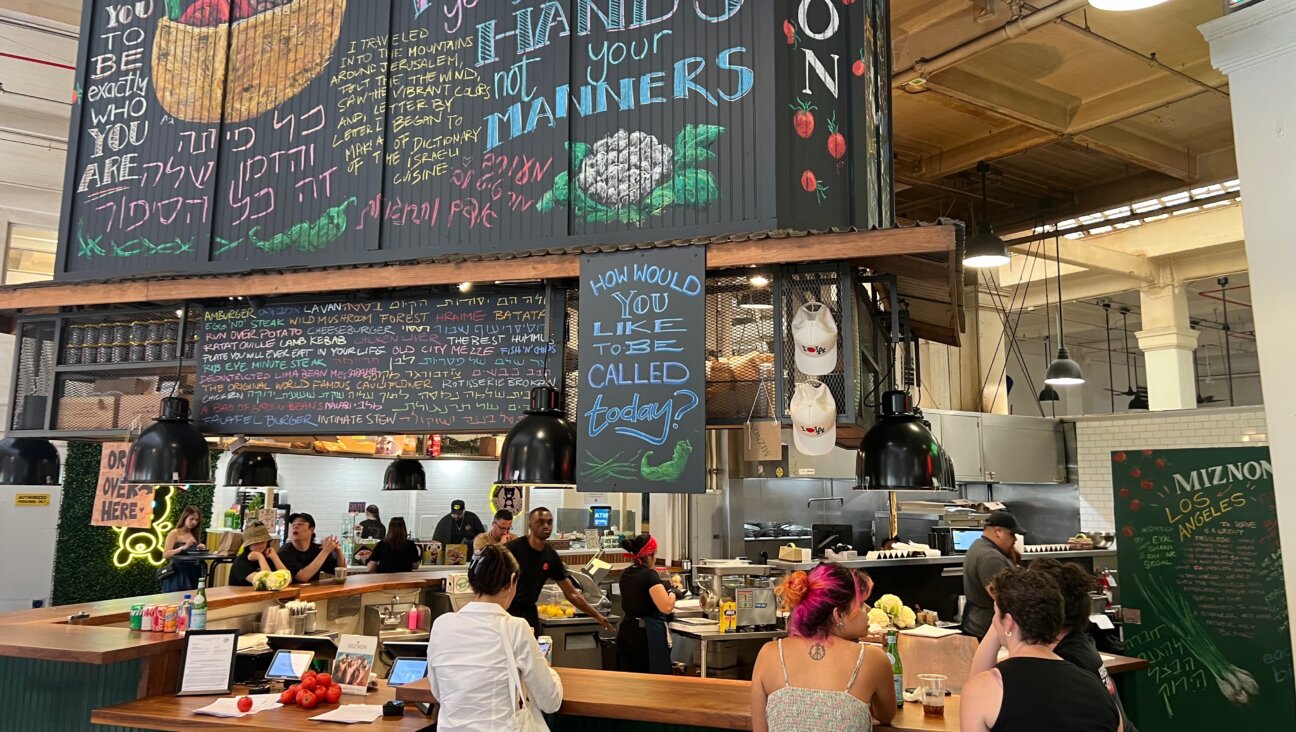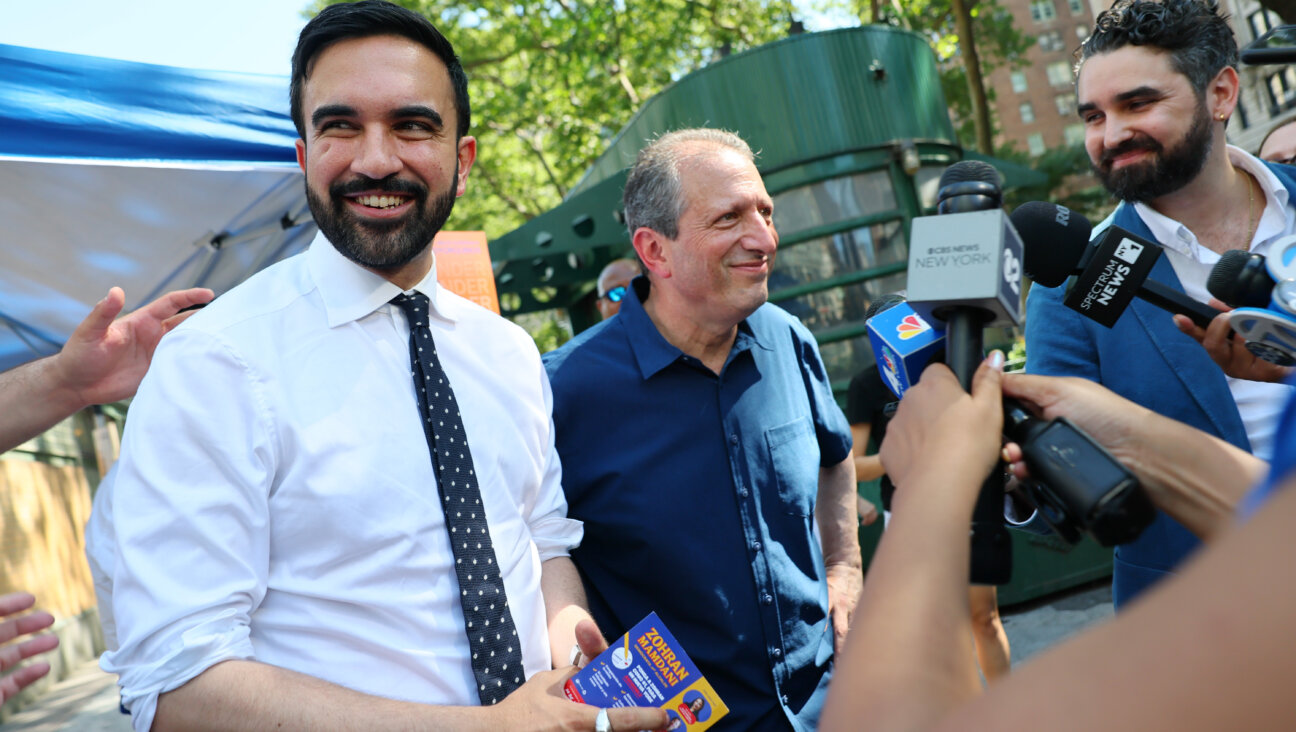20 Years After the Riots
How We Kept the Peace
It has now been 20 years since the devastating events of August 19, 1991. It was on that day that a car in the motorcade of the grand rebbe of the Lubavitch Hasidic community fatally struck 7-year-old Gavin Cato and critically injured his cousin, Angela Cato. Later that evening, a rabbinical scholar from Australia, Yankel Rosenbaum, was accosted and stabbed by a group of black youths. For us here in the Brooklyn community of Crown Heights, this 20th anniversary marks a sad but important milestone, a chance to reflect on what happened to us and on how we have since managed to improve our community and make it stronger and more harmonious.
“Adversity is a great teacher,” an ancient sage once said. These were the words ringing in our ears following the initial incidents as we resolved to save our community from further breakdown. Mayor David Dinkins and a number of police officers and community leaders gathered for an emergency strategy session after the mayor’s visit with the victims and families. The first task was to set up a site from which to work. I suggested my old elementary school, Public School 167, on Eastern Parkway and Schenectady Avenue. It was equally accessible for the black and the Jewish community. And, at the behest of the local police, I went into the street to try to restore calm.
That first night was very intense. We have the police to thank for averting an even worse catastrophe along the lines of what would soon take place in South Central Los Angeles. One of the most volatile fuels that fed the continuing fury was misinformation. The word was that the Hatzolah ambulance, run by the Jewish community, had overlooked the injured children and cared for the young Jewish driver and passengers of the vehicle involved in the accident. When I spoke later with the two police officers who made the decision to take the Jewish driver and passengers off the scene, they stated that the reason for this was that their ambulance was stocked with only basic life support equipment while the massive injuries endured by the children required the advanced life support ambulances that arrived between five and eight minutes after the initial 911 call. So my very first encounters with the youths in the streets involved resolving rumors and providing clear, correct and consistent information.
During the crisis, blacks and Jews abandoned their historic friendship, and our team was determined to begin re-establishing it. We started by countering with some of our own positive images. We first brought together young men from the street to dialogue. What followed was a series of activities to foster cooperation. We painted a mural, planted a garden and participated in basketball games. We even sponsored and helped send two of our students to travel to Israel to work on a kibbutz. Even after the tragic murder, less than a year later, of a Jewish woman, Phyllis Lapine — an incident that almost reignited the flames — the community worked through its problems, helped by the guidance of Brooklyn Borough President Howard Golden and by Dinkins, who always talked of our future as a “gorgeous mosaic” and as “one Crown Heights.”
When Rudy Giuliani’s mayoral administration was confronted with the challenge of a carnival parade that was scheduled to coincide with one of the High Holy Days, we were able to resolve the problem ourselves. I met the rebbe before his illness and was given his personal blessing and support for the works. Our league of neighbors grew, and it brought together both communities with the music of Shlomo Carlebach and Richie Havens in a massive gathering of blacks and Jews at Medgar Evers College. Cell phone diplomacy even enabled the father of Gavin Cato and the brother of Yankel Rosenbaum to meet and share a very personal moment.
What, then, are the lessons for today? Young people have to be encouraged to engage in peacekeeping. I have worked with human rights groups locally and in Israel to share in our best practices. The lessons we learned from 1991 are still helping us cope with the challenges with which we are faced today — the most important being that we have to build on our indispensable partnerships, getting to know each other and telling the truth to one another. But even this is not enough. The city mothers and fathers and the business community should create for young people outlets with socially motivating activities and accessible education and job opportunities. This is the real way to keep a lasting peace.
Richard Green is a Brooklyn community youth worker, founder of the Crown Heights Youth Collective, and an adjunct professor of history at Medgar Evers College.























